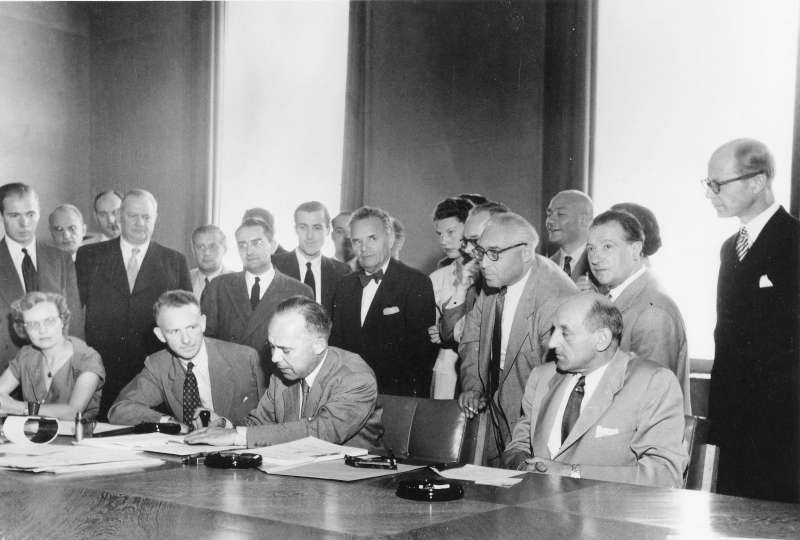1953 Convention Signees
Yes
No
The 1951 Refugee Convention is the key legal document that forms the basis of UNHCR work. Ratified by 145 State parties, it defines the term ‘refugee’ and outlines the rights of the displaced, as well as the legal obligations of States to protect them.

Geneve, 1951. Photo: ©UNHCR
The core principle is non-refoulement, which asserts that a refugee should not be returned to a country where they face serious threats to their life or freedom. This is now considered a rule of customary international law.
1968 Protocol Signees
Yes
No
Along with the 1951 Refugee Convention, the 1967 Protocol clearly spell out who
is a refugee and the kind of legal protection, other assistance and social rights a refugee is entitled to receive.

New York, 1967. Photo: ©UNHCR
It also defines a refugee’s obligations to host
countries and specifies certain categories of people, such as war criminals, who
do not qualify for refugee status. Initially, the 1951 Convention was more or less
limited to protecting European refugees in the aftermath of World WarII, but
the 1967 Protocol expanded its scope as the problem of displacement spread
around the world.

